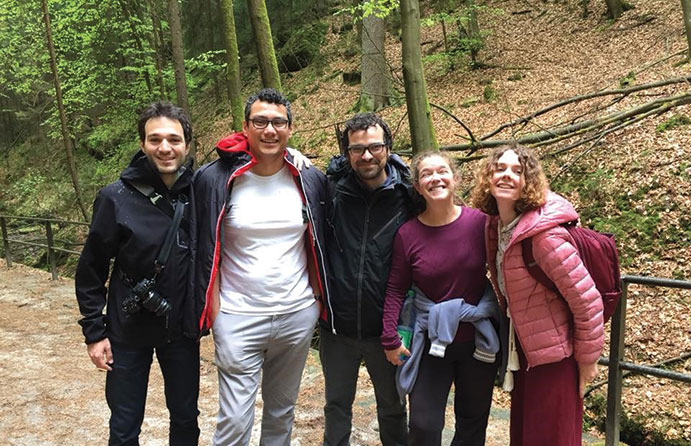Research - Newsletter April 2019
NEWSLETTER
Categorising films may seem straightforward. But public perceptions have changed throughout the centuries, leaving experts puzzled and pondering ways to understand and revise classifications.
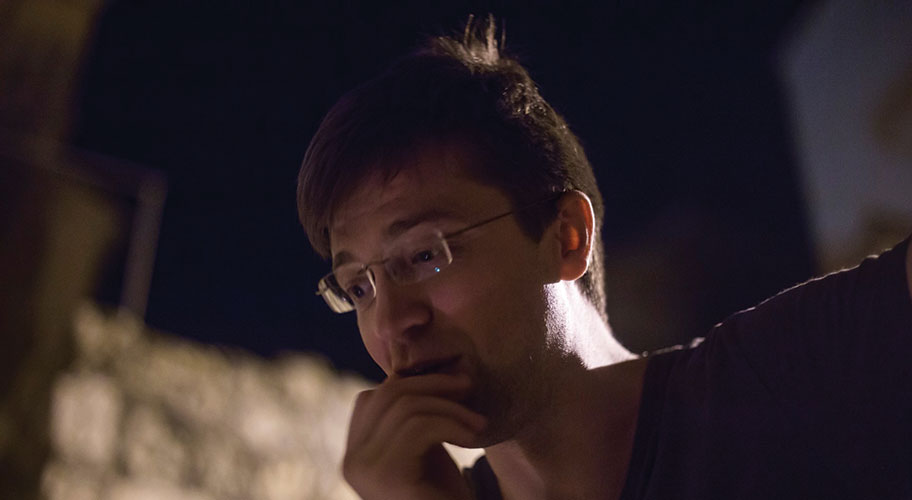
In Steven Spielberg's epic Hollywood film Saving Private Ryan, a team of US soldiers go behind enemy lines to recover a paratrooper whose brothers have been killed in combat during the Second World War.
Capped with innovative cinematography and surround-sound technology, the action-packed film affords one of the most graphic portrayals of war in US movie history.
Even so, it is fiction. And cast against earlier generations, reviews and commentaries would probably prove hugely different, mainly, in perception, according to the Marie Curie Individual Fellowship (MSCA IF) project Fiction, Imagination and Early Cinema (FIEC).
“If you read commentaries around 1900, you'll see that people described many films we nowadays treat as fictions as documentational recordings of theatrical performances,” says project leader Dr Mario Slugan.
This means viewers of earlier eras would have screened Saving Private Ryan as a documentary of Tom Hanks dressed up as John Millers, the US Army Rangers captain, pretending to beat another actor dressed up as the enemy force, in pursuit of saving another actor playing Private Ryan.
Launched in 2017, this EU Horizon 2020 funded project, aims to determine how and why people view films as fictional while others consider them documentaries – and vice-versa.
Ultimately, explains Dr Slugan, a leading fellow at the Department of Communications at Ghent University in Belgium, it all amounts to “figuring out the categorisation... and to do that you need to look at the discourse surrounding cinema [at a given time] – the production evidence, promotional materials, exhibition patterns and reception.”
Under its proposition, the project proposes that the period between 1880 and 1915 offers a particularly unique opportunity for construing how a representational medium such as cinematography becomes employed in the production of fiction.
The methodology used in the research is highly unique in its twofold approach, combining strands of analytic philosophy and new film history.
“Analytic philosophy provides me with a toolbox for defining what fiction is, including mandated imaginings,” says Dr Slugan. “On the other hand, new film history, which is the exploration of the discourse about imaginary engagement surrounding films, allows me to identify how the mandate was articulated over time.”
The project focuses primarily on the period of early cinema.
FIEC is due for completion in September 2019 and the first findings underscore the volatility of fiction's categorization.
“The most important claim made so far in the study,” says Dr Slugan, “is that fiction is a temporally unstable category in its own. There are films that we treat as fictional that were treated as non-fictional by their contemporaries and vice versa.”
Captivating films like Saving Private Ryan could prove complex conundrums for viewers.
In such cases, Dr Suga explains, “you are supposed to make-believe that all the events featured in the movie happened rather than believe it. This is not to say that the film is not realistic. But whether something is realistic or not is entirely different – and confusing – to whether something is fictional or not.”

With mobile diagnostics gaining pace, FoodSmartphone marshals new resources to improve quality and safety testing, also cracking down on fraud in the food chain.

Is there a cognitive basis of creativity in verbal art? The Marie Skłodowska-Curie project ORFORCREA investigates, examining this interplay with both oral tradition and literacy. We learn more about this project from fellow Sarali Gintsburg.
ORFORCREA’s main objective is to attain a better understanding of the verbal aspect of human creativity.
Oral traditions are typically organised in narrower terms, because of poetic requirements such as the constraints of the poetic line, rhyme patterns, plots, or themes, as well as form-meaning normativity.
Additionally, ORFORCREA works with ‘irregular’ lab samples, that is, with those poetic texts that represent a transition from orality to the world of writing.
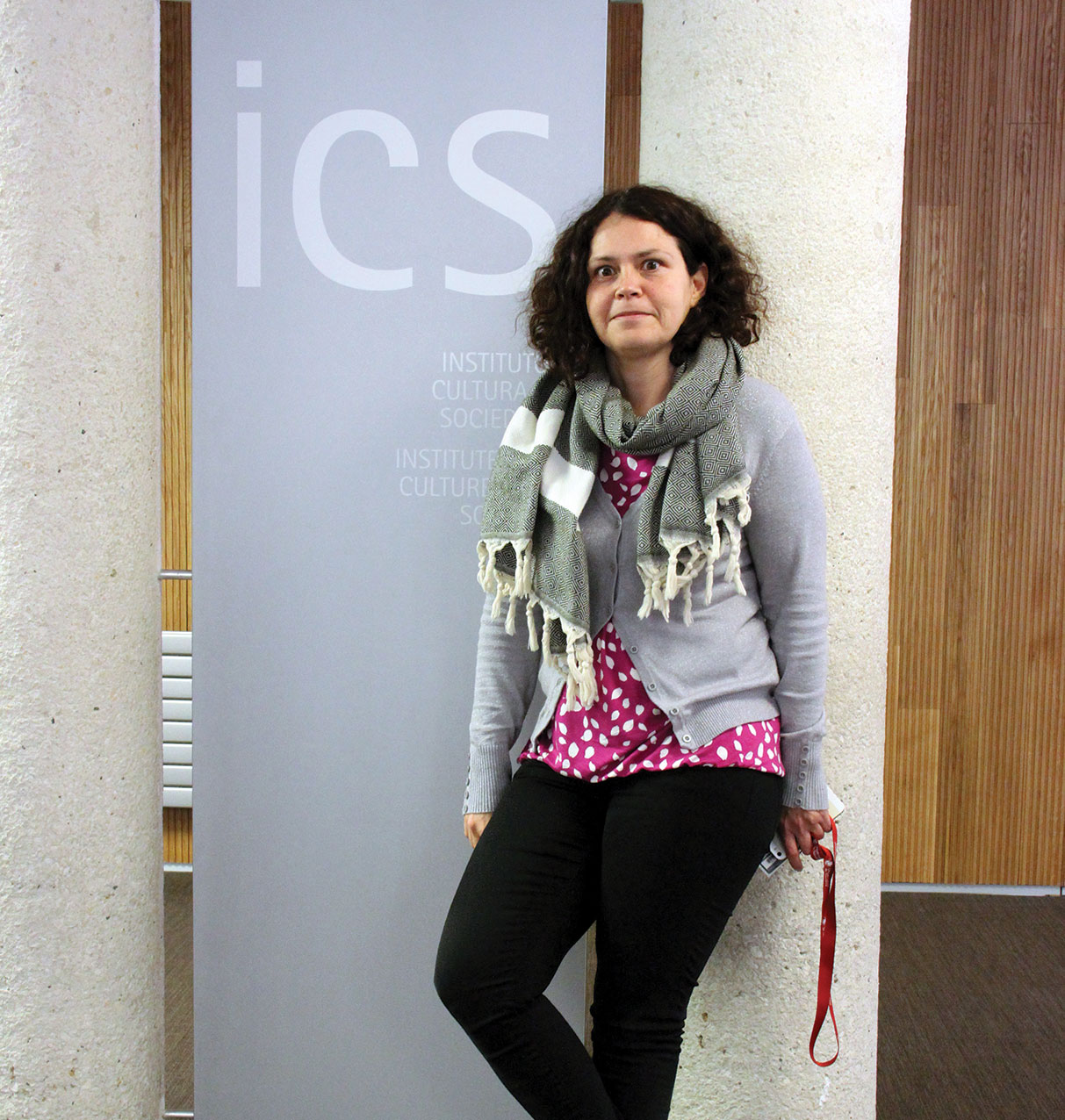
“My project uses extensively the multimodal aspect of human language. I use the oral poetic tradition of the Jbala – Arabic language, Morocco – as my case study,” adds Gintsburg.
LATEST NEWS
As part of her public engagement activities, Gintsburg organised a cultural event last year which involved poetic duelling between two female poets: Maialen Lujanbio (Basque) and Latifa Laaroussia (Morocco).
This Marie Skłodowska-Curie fellow also shares, “I have the immense benefit of working with now living traditions, so I have a direct access to both the poets and their audience, which makes my work more time absorbing but also more interesting.”
Gintsburg was able to demonstrate how certain theories in the field of cognitive science, first of all, semantic frame and cognitive script, can be used in oral and transitional texts in order to research cultural and cognitive factors. The same theories also explain how these factors condition poets’ choice of words and ensure that communicative and creative functions of poetry have been performed.
Further to this, Gintsburg was also able to show how analysing oral poetic texts that were once performed live and then were written
down, “often robs them from meaning and that the multimodal aspect of human language is of key importance.”
“My project is still far away from its completion. I am now working on a paper where I compare Moroccan and Basque oral poetry,” notes Gintsburg who is now living in Navarra, a place known for bertsolarismo – one of the few living oral poetic traditions in Europe.
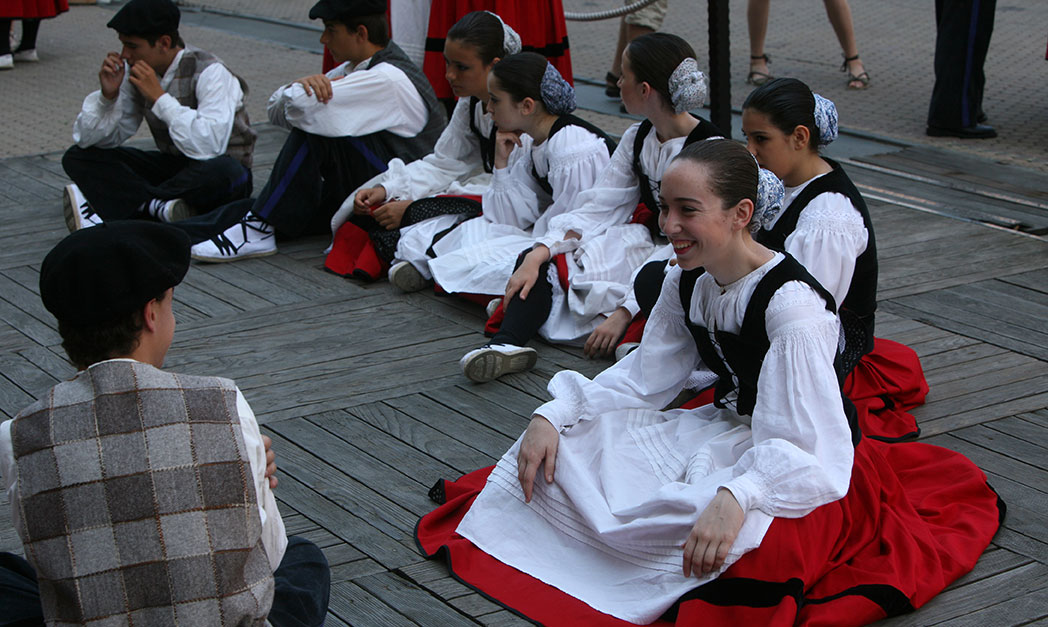
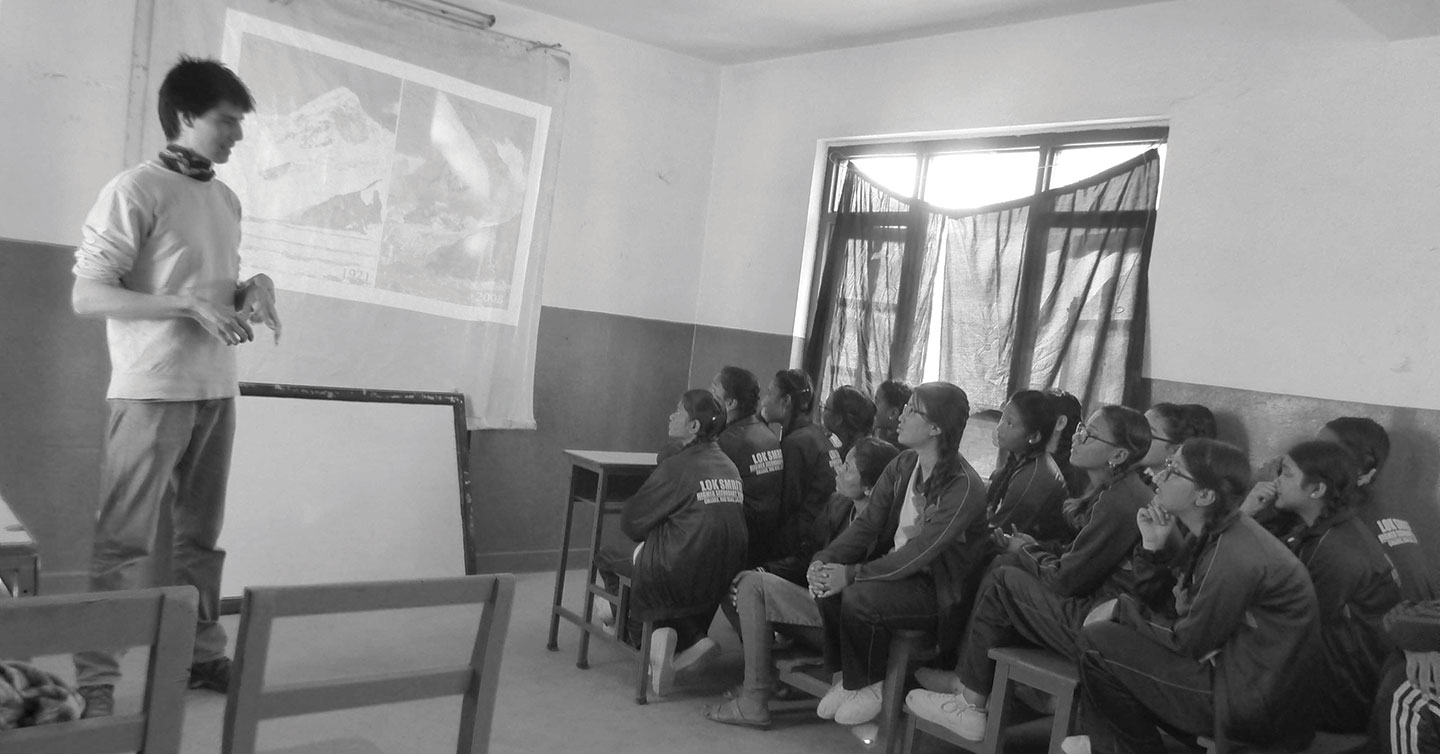
SciEd is the international network of researchers and educators who are travelling around the world and are giving lectures at local schools. In 2017, the SciEd project was initiated by three MSCA scientists from Spain, Germany and France.
ABOUT SCIED
The SciEd network is non-profit organisation, which aims to enhance interconnections between scientists, educational associations and schools around the world. Its main goals are to motivate students in remote areas to stay in school and to allow scientists to participate in outreach activities by giving lectures at local educational institutions. Researchers hail from different countries and academic fields such as physics, mathematics, climatology.
MAIN RESULTS
SciEd was launched in Nepal when two visiting researchers gave lectures about mathematics and
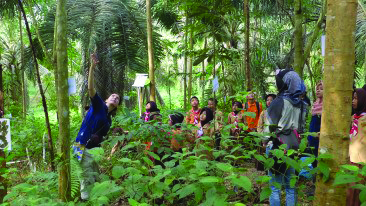
climate change at public schools where the medical association “Ear Care Nepal” was conducting medical treatments. Then researchers from Indonesian-German project engaged students near Jakarta on the subject of biodiversity. Following the first lectures organised in different countries researchers from France, India, Germany, Uruguay, Indonesia, Switzerland, Russia and Greece started discussing how to organise lectures for travelling scientists.
INTERACTIONS WITH MSCA NETWORK
- Science communication offline or online;
- Managing the distributed network of travelling researchers and promoting outreach;
- Co-organising international workshops for researchers and educators.
If you are a researcher and are interested in working with the SciEd network or researchers around the world, register on the website: scied.network/page
Contact liubov.tupikina@cri-paris.org - More information about SciEd
LIUBOV TUPIKINA
